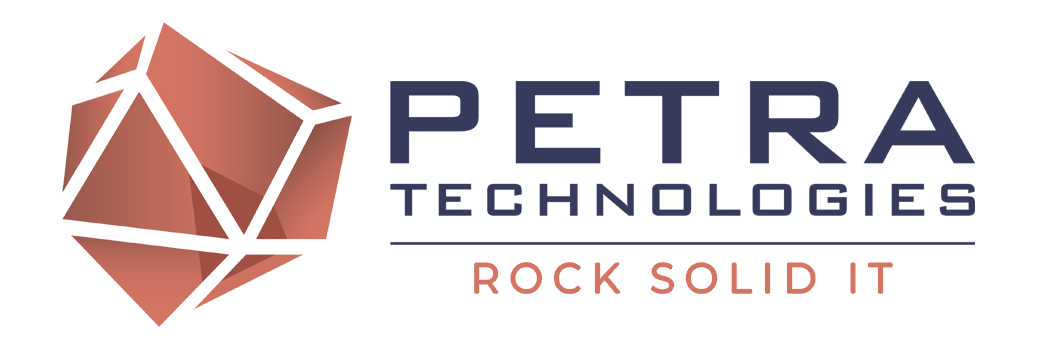 The modern age truly gives new meaning to the phrase, “patience is a virtue.” According to Northeastern Global News, the average person’s attention span has dropped from 2.5 minutes to 45 seconds over the last 20 years. Business owners are no different and, therefore, deserve the speed and reliability of edge computing.
The modern age truly gives new meaning to the phrase, “patience is a virtue.” According to Northeastern Global News, the average person’s attention span has dropped from 2.5 minutes to 45 seconds over the last 20 years. Business owners are no different and, therefore, deserve the speed and reliability of edge computing.
Before and After Edge Computing
Traditionally, all company devices, from computers, printers, and faxes to smaller mobile equipment, generate data in their programs and applications. The cloud is a central location connected to all devices’ software, consolidating the data for easier access and managing to help streamline business operations.
However, with more devices constantly joining the IoT to keep up with customer demands and company processes, the unusually high amounts of transmitted data are quickly outpacing the capabilities of these networks. Statistica claims the amount of created, copied, and consumed 2020 data worldwide was roughly 64.2 zettabytes, but experts expect it to transcend 180 zettabytes by 2025.
With edge computing creating a hybrid system, data places less pressure on the cloud. Instead, the edge devices collect and process raw data close to its generative nearby digital sources, analyzing it before sending it to the edge cloud, lessening its workload.
The Advantages of Edge Computing
These low-power IoT edge devices help businesses run faster and more efficiently than before, proving especially beneficial to small businesses competing with larger ones.
More Cost Savings for Small Businesses
With edge networking, small companies don’t worry about network infrastructure expansions that require investing in new network towers, high-capacity links, and other digital components that increase bandwidth. By adding edge computing devices as a middleman between devices and the cloud, data flow redirects for more efficiency and saves money.
Short-distance data transfers are also less energy-consuming, guaranteeing lower company utility bills.
Better Processing Speeds for Reduced Latency
The higher a business’ bandwidth, the faster a company’s Internet speed and its ability to transfer data between locations. Since edge devices increase bandwidth by reducing long-distance communications, data transfer rates speed up and provide a seamless online user experience. Each edge device sits near a generative one, gathering its data to bar a central location bottleneck and reducing latency.
That means businesses have real-time data-processing abilities. These edge analytics help many business owners who require information immediately to make quicker decisions.
Higher Data Security Guaranteeing Fewer Breaches
Finally, because edge devices are local, business owners don’t have to worry about sending raw data to an external cloud. Instead, it remains on-site at all times, and if vital information must go to the central location, the devices encrypt the data first. That way, there’s less fear about data security, especially since the computing system complies with the GDPR and other data sovereignty laws.
Whether you’re into edge computing or want to take it further with fog computing that extends the former’s capabilities to a broader network, continue the search for knowledge to better understand if it’s right for your company.


